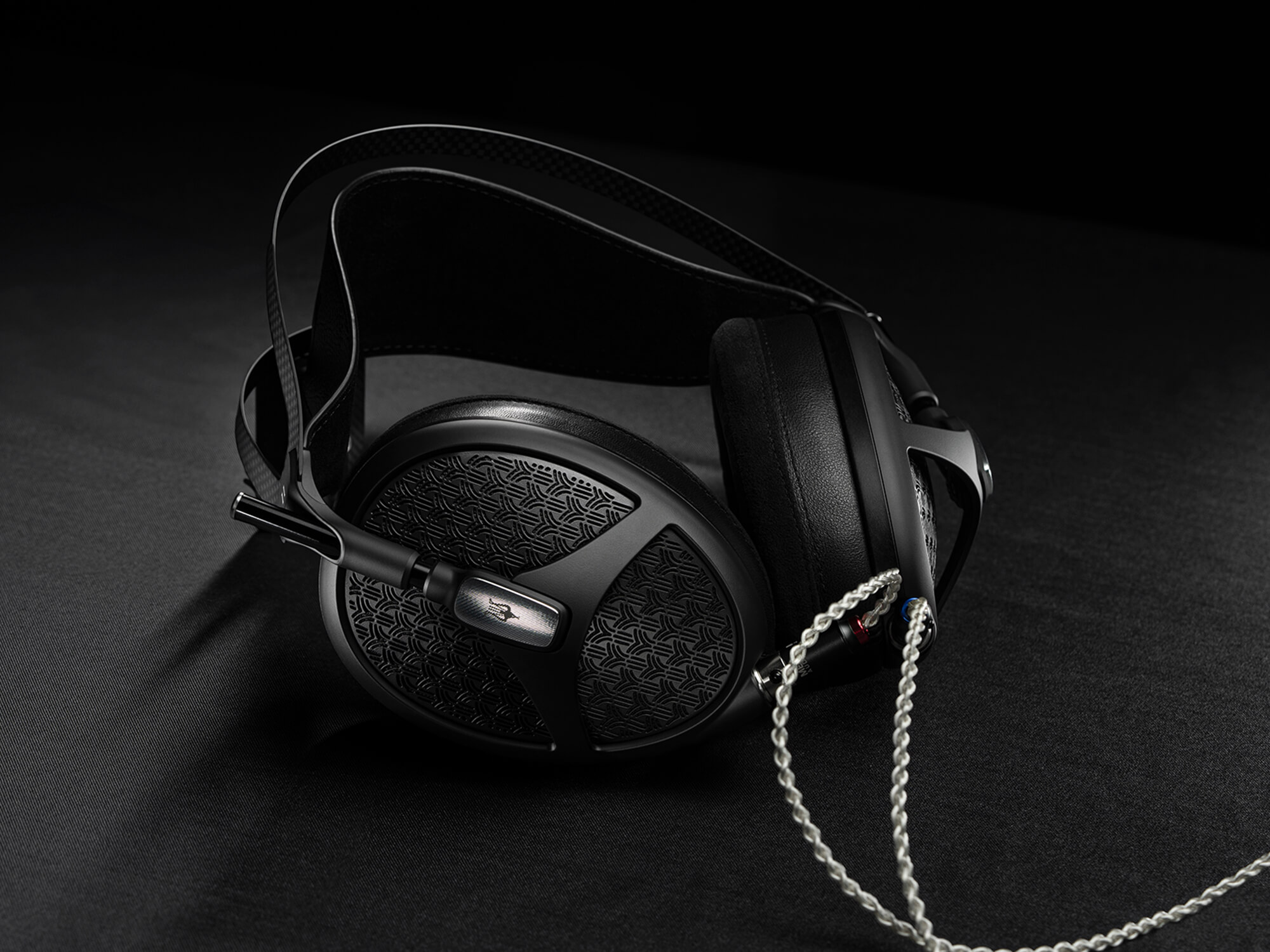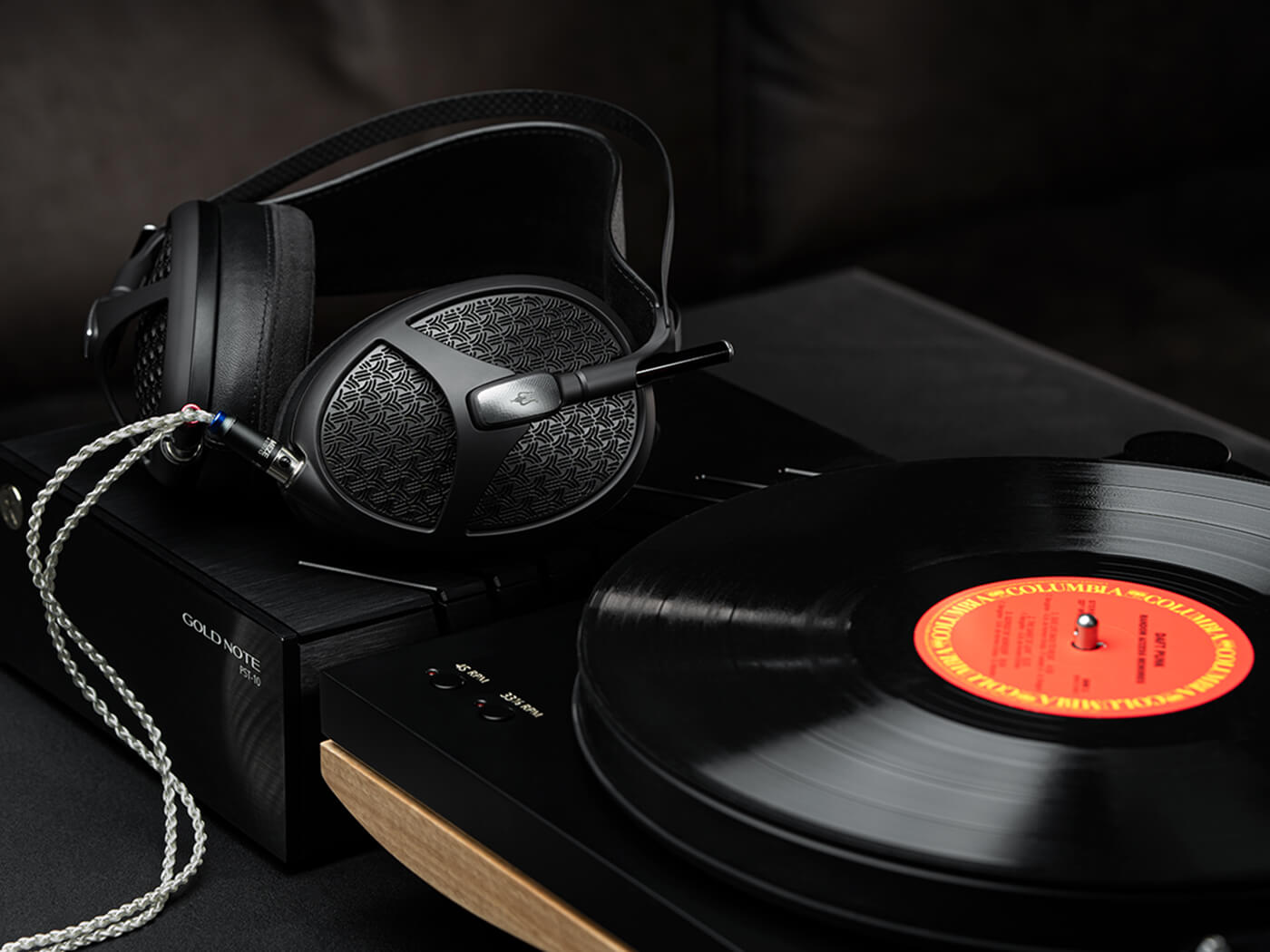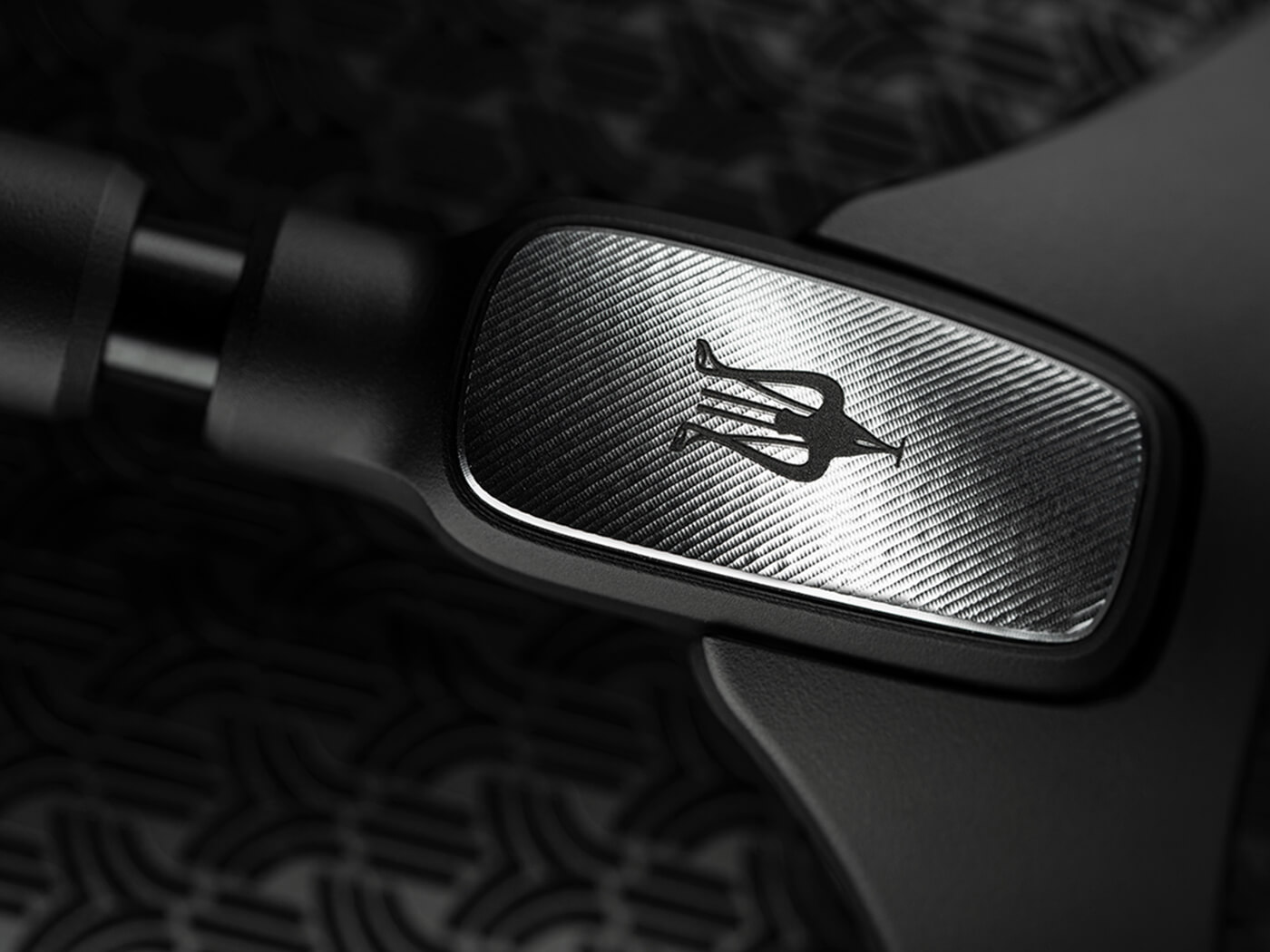Meze Audio Empyrean II headphones are for very serious music fans
This update to the much-loved Empyrean open-backed headphones makes music even sweeter – and more real – than ever before.

Meze Audio Empyrean II headphones
Review Overview
Our rating
8
Our verdict
⊕ Beautiful balance across all frequencies
⊕ Very comfortable for long sessions
⊕ Repairable components
⊖ Beaten by the (admittedly more expensive) Meze Elites
⊖ The finish isn’t as luxurious as the price suggests
£2,749, mezeaudio.com
Romania-based brand Meze Audio builds bespoke, high-end headphones using hand-crafting techniques and, hot on the heels of its flagship Elite model, now comes an update to its much-loved Empyrean, the Empyrean II. Though retailing for £1,000 less than the Elites, these are still seriously pricey cans at almost £2,800. Their unique design and planar magnetic technology lifts them into a category above the kinds of dynamic headphones most people will be familiar with.
What are planar magnetic headphones?
For the uninitiated, planar headphones employ a thin, flat diaphragm with a magnet suspended next to it and an electromagnetic signal running through wires to vibrate the diaphragm to generate sound. They are usually lighter but larger than dynamic headphones.

Meze Audio Empyrean II build vs Elite
The Empyrean IIs are quite light at 385g minus the earpads and use a fibreglass frame. This is perfectly robust but feels a little less premium than the admittedly luxurious tungsten and aluminium used in the Elites. It’s one of the main differentiators between the models and, just in terms of build, it’s a compromise you might be willing to make considering the price difference.
Like the Elites, they use a braided cable with detachable mini XLR plugs that connect to the cups. There’s a choice of connector cable types and though you get one with your purchase you can also order others. The choices are 4-pin XLR or TRS jacks at 2.5, 3.5, 4.4 or 6.3mm. Most people would probably go for the 3.5 or 6.3mm options to work with audio devices or hi-fi separates, while those with high-end hi-fi or pro audio desks might opt for the XLR connection.
Internally, the headphones use Rinaro Isoplanar diaphragms weighing only 0.16g while also having 4,650mm2 of active area. This means they are much lighter than conventional dynamic headphones and also shallower, having a greater surface area.
Each cup employs two voice coils: a larger one for lower frequencies positioned in the upper area and a smaller one for mid and high frequencies located in the lower zone.
The cups are large enough to completely enclose your ears during listening (two pairs of different thickness are provided) but are very comfortable and don’t become hot or irritating even during long listening sessions. The headphones aren’t exactly unobtrusive, with their large band that sits across the top of your head, but they’re surprisingly comfortable to wear.

How do the Empyrean IIs sound?
The phones are a circumaural, open-back design which means that they provide excellent transparency when listening. They allow some sound to escape and so prevent the kind of boxiness or low-end booming that can result from closed-back models.
While some people like that sense of exaggerated bass, it’s actually an artificial result of a specific type of design. If you’re paying this much for your headphones, it’s likely you’d place yourself on the audiophile side of any argument about bass and accuracy.
Of course, open-backed phones leak sound so they’re not generally useful for tracking vocals or instruments — that’s not an issue when mixing or mastering for example. And, for general listening, your only concern is other people hearing what you’re listening to when you crank the volume.
And so to the numbers. The phones have a remarkable frequency response of 8 Hz to 110 kHz, far in excess of most headphones’ 20Hz-20kHz. It’s not quite as crazy as the Elites with their 3 Hz to 112 kHz but it’s still a spectacular frequency range. Both these ranges surpass the hearing range of the human ear, which might make it sound like a redundant effort on Meze’s part. But you can at least be sure these expensive headphones are delivering the absolute maximum amount of frequency detail.

Here’s an odd thing that caught us by surprise – while we kind of expected these numbers to be more impressive on paper than in real testing, we found the slightly wider range of the Elites actually did make a difference. They really did go a little lower and the top end did have just that little bit more sparkle. Remember though, that for this and a more luxurious build, you would be paying an extra thousand pounds. Given the previous observation about the human range of hearing it’s possible that this is also partly down to a slightly different tuning or minor design differences, but in a real world listening scenario, the Elites felt that bit more detailed.
It’s perhaps a quirk of the job – we reviewed the Elites first – that we’re able to tell this. Most people wouldn’t have these two models to hand for A/B testing, and you’d expect the priciest model to have the best specs. And it’s absolutely no slight to the latest Empyreans, which sound excellent.
With similar components and design to the Elites, this wasn’t a surprise. Smooth and superbly balanced, the Empyrean IIs are adept at placing sounds accurately in the soundstage, achieving wonderful separation. Like the Elites, they reveal a tremendous amount of detail about the mix of any particular track, its stereo behaviour and the way it was mastered. Here, too, you hear elements in familiar tracks that you have simply never heard before.
While you’d ideally be listening to uncompressed audio sources on headphones of this calibre, they also perform impressively with streamed tracks from Apple Music and Spotify, a result perhaps of what has been achieved in the field of audio compression in recent years. Granted, very delicate tracks will have that bit more detail in uncompressed formats and anyone spending multiple thousands will probably be on top of this issue anyway.

Should you by the Meze Audio Empyrean II?
Like the Elites, the Empyrean IIs bring – or return – a sense of joy to listening. There’s a feeling that you’re hearing this music exactly as its creators intended. Every frequency band is perfectly reproduced, at just the right level. Even if you’re the kind of person who uses software or hardware EQ, you almost certainly won’t want to with these.
It’s true that the flagship Elites have slightly more extension at the top and bottom, and do just pip the Empyrean IIs for sheer expansiveness, but at a significant price uplift. Almost £3,000 is still a lot to pay, but if you’re intensely about your music and demand high performance from your gear, these are wonderfully capable headphones.
Key features
- Open-backed, circumaural design
- Rinaro isodynamic Hybrid Array drivers
- 8 Hz – 110 kHz frequency response
- 32 Ohm impedance
- Total harmonic distortion of less than 0.05%
- Removable, magnetic ear pads
- XLR cables with a choice of connectors
- 385g weight without cups
- Fibreglass infused frame
- Repairable components